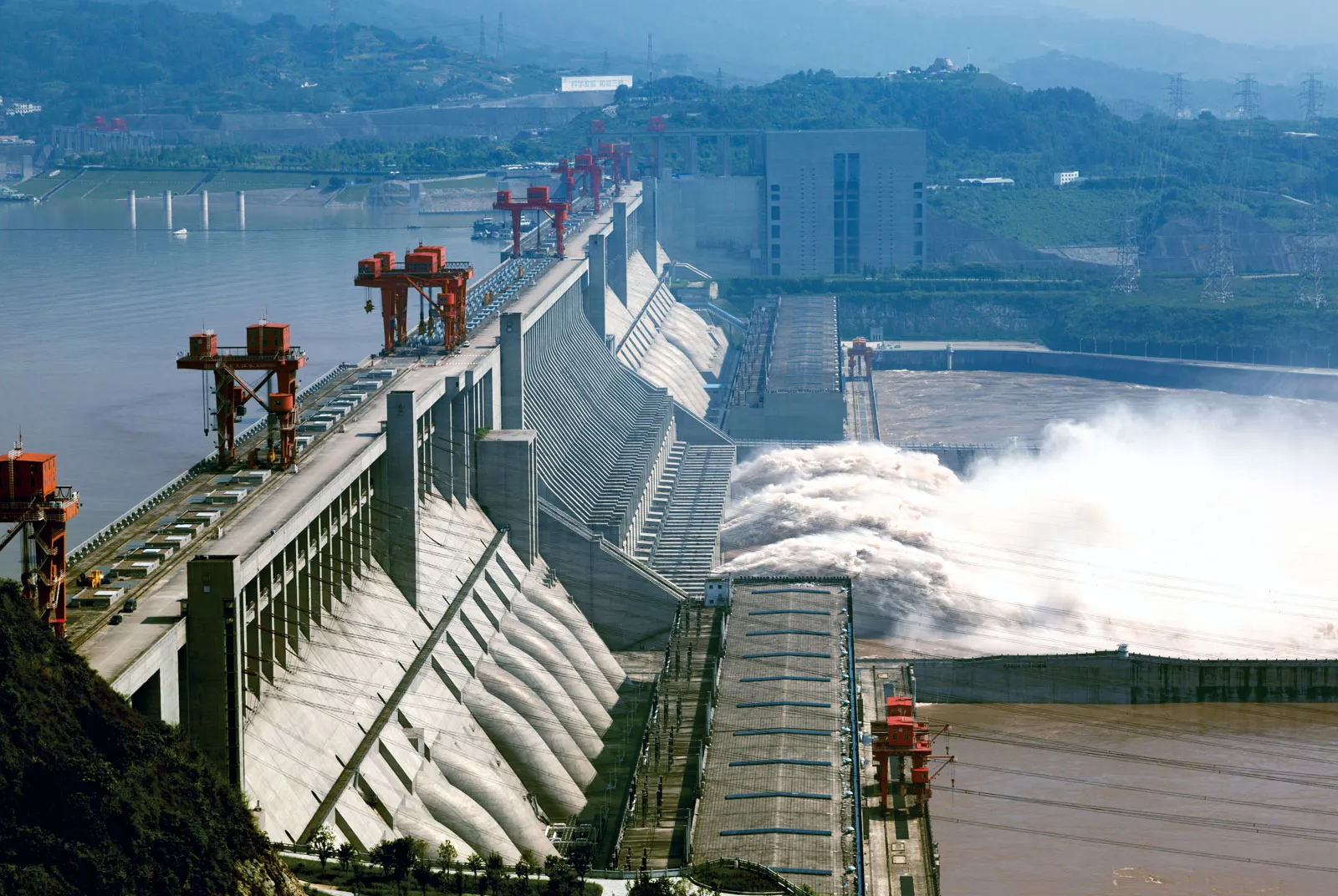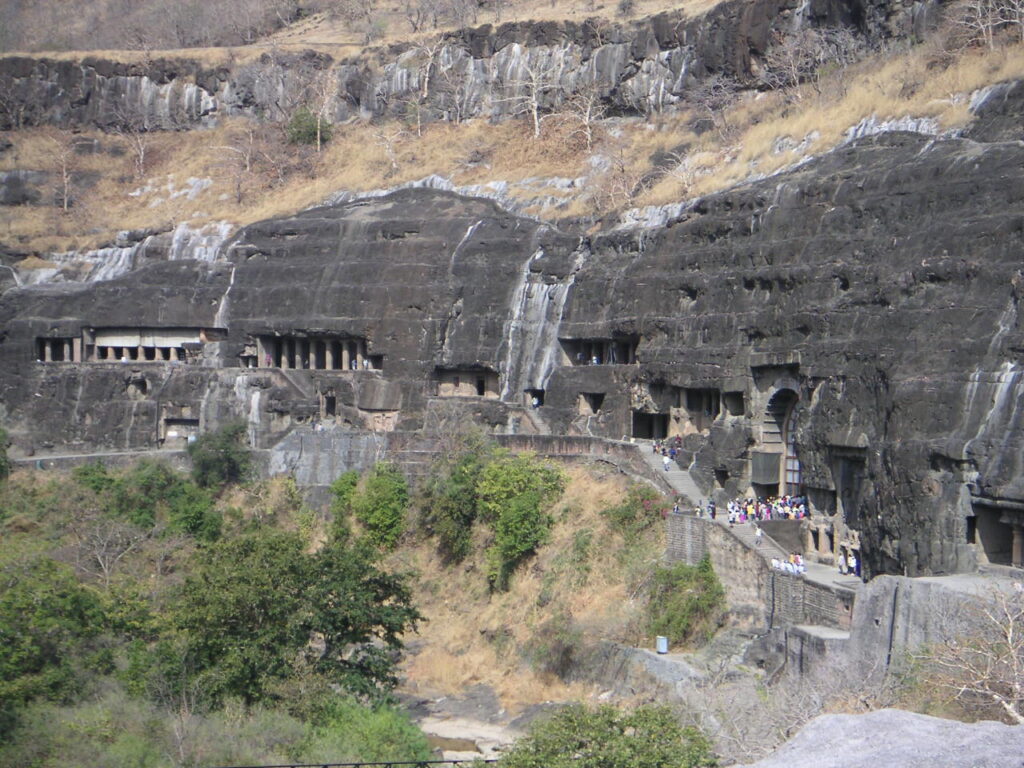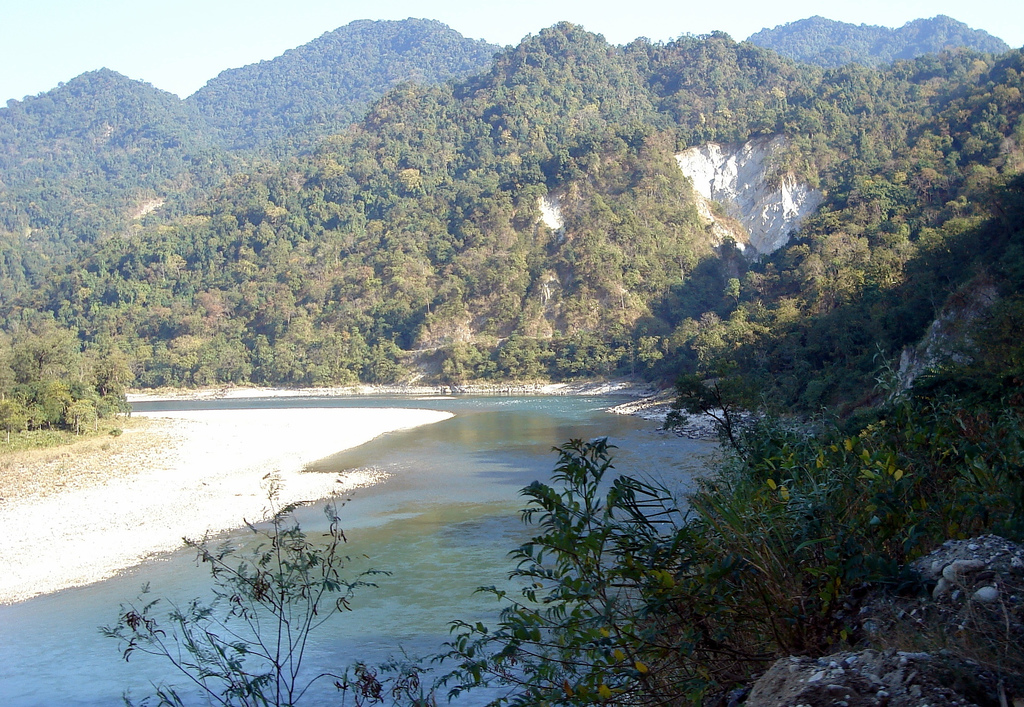Introduction: The Three Gorges Dam, located on the Yangtze River in China, stands as a monumental feat of engineering and a symbol of China’s ambition for economic development and energy security. Spanning over two decades of construction and costing billions of dollars, the dam’s completion in 2006 marked a significant milestone in China’s modernization efforts. However, the project has also sparked considerable controversy due to its environmental impacts, displacement of communities, and concerns about safety and sustainability.
Historical Context and Planning:
The idea of constructing a large dam on the Yangtze River dates back to the early 20th century, with proposals for flood control, navigation improvements, and hydroelectric power generation. However, it was not until the latter half of the 20th century that serious efforts were made to realize this vision.
In the 1980s, as China experienced rapid industrialization and urbanization, the need for additional energy sources and flood control measures became increasingly apparent. The devastating floods along the Yangtze River in 1931 and 1954, which claimed millions of lives, underscored the urgency of addressing these issues.
Construction and Engineering Feats:
Construction of the Three Gorges Dam began in 1994, following years of planning, feasibility studies, and public debates. The dam’s sheer scale and complexity posed unprecedented engineering challenges, requiring innovative solutions and meticulous planning.
The dam stands at a height of 185 meters (607 feet) and spans over 2.3 kilometers (1.4 miles) across the Yangtze River, making it one of the largest and most ambitious infrastructure projects in the world. Its primary functions include flood control, hydropower generation, and navigation improvements.
Environmental Impact:
While the Three Gorges Dam has brought tangible benefits in terms of flood control, electricity generation, and improved navigation, it has also had significant environmental consequences. Critics argue that the dam has disrupted the river’s ecosystem, altered water flow patterns, and contributed to erosion and sedimentation downstream.
The inundation of vast areas of land upstream has submerged forests, farmland, and archaeological sites, displacing millions of people and leading to the loss of biodiversity and cultural heritage. Furthermore, the dam’s reservoir has become a reservoir for sediment and pollutants, exacerbating water quality issues and posing risks to downstream ecosystems.
Socioeconomic Impacts:
The construction of the Three Gorges Dam has had profound social and economic implications for the communities living along the Yangtze River. The forced relocation of millions of people to make way for the dam’s reservoir has disrupted lives, livelihoods, and social networks, leading to widespread displacement and resettlement challenges.
While the Chinese government has invested in infrastructure, housing, and social services for displaced communities, concerns remain about the adequacy of compensation, access to employment opportunities, and the preservation of cultural heritage. The long-term socioeconomic impacts of the dam’s construction are still being felt, with ongoing debates about the effectiveness of resettlement policies and the fairness of compensation schemes.
Energy Generation and Power Supply:
One of the primary objectives of the Three Gorges Dam is to harness the Yangtze River’s hydroelectric potential and increase China’s renewable energy capacity. The dam’s 32 main turbines have a total installed capacity of 22.5 gigawatts, making it the world’s largest hydropower station in terms of installed capacity.
Hydropower generated by the Three Gorges Dam contributes significantly to China’s electricity supply, providing clean and renewable energy to meet the country’s growing energy demands. However, concerns have been raised about the dam’s reliability during periods of drought, as water levels in the reservoir fluctuate and affect power generation.
Safety and Sustainability:
The safety and sustainability of the Three Gorges Dam have been subjects of ongoing debate and scrutiny since its inception. Critics have raised concerns about the dam’s structural integrity, stability during extreme weather events, and potential for catastrophic failure in the event of a major earthquake or flood.
In recent years, reports of landslides, erosion, and geological instability in the vicinity of the dam have heightened fears about its long-term safety and the potential for downstream impacts. The Chinese government has sought to address these concerns through measures such as reinforcing the dam’s structure, improving monitoring and early warning systems, and implementing emergency preparedness plans.
Conclusion:
The Three Gorges Dam stands as a testament to human ingenuity and ambition, representing both the promise and perils of large-scale infrastructure projects. While the dam has brought tangible benefits in terms of flood control, energy generation, and economic development, it has also exacted a toll on the environment, communities, and cultural heritage of the Yangtze River basin.
As China continues to grapple with the complex challenges of balancing economic growth, environmental sustainability, and social equity, the legacy of the Three Gorges Dam will endure as a symbol of the trade-offs and complexities inherent in modern development. Moving forward, it is imperative for policymakers, scientists, and stakeholders to work collaboratively to mitigate the dam’s negative impacts, promote sustainable development practices, and safeguard the ecological health and well-being of the Yangtze River and its inhabitants.
Save your chat history, share chats, and personalize your experience.
Sign up






